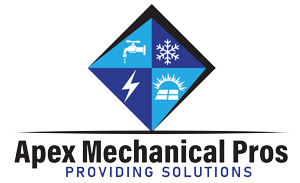Backflow preventers are important because they help to protect the quality and safety of our drinking water supply. They prevent the backward flow of contaminated water into the clean water supply, which can occur due to changes in water pressure or other factors. By ensuring that water flows in one direction only, backflow preventers help to prevent the contamination of drinking water with harmful substances, such as chemicals, bacteria, or other pollutants. This helps to maintain the health and well-being of individuals and communities by ensuring access to clean and safe drinking water.
How often should Backflow Preventer be tested?
It is generally recommended to have your backflow preventer tested annually. Regular testing ensures that the backflow preventer is functioning properly and continues to provide adequate protection against backflow. Some local regulations or water authorities may have specific requirements regarding testing frequency, so it’s important to consult with them to ensure compliance. Additionally, if you notice any signs of malfunction or suspect a problem with your backflow preventer, it is advisable to have it tested immediately by a licensed professional.
Three types of backflow preventers that are widely used for residential and commercial purposes are:
1. Pressure Vacuum Breaker (PVB): A pressure vacuum breaker is a common type of backflow preventer used in both residential and commercial settings. It consists of a spring-loaded check valve and an air inlet valve that opens when water pressure drops, allowing air to enter and prevent backflow. PVBs are typically installed above ground and are easy to maintain.
2. Double Check Valve Assembly (DCVA): A double check valve assembly is another commonly used backflow preventer. It consists of two check valves that operate independently to prevent backflow. DCVAs are typically used in applications where backflow is a potential health hazard, such as irrigation systems and fire sprinkler systems. They are usually installed below ground and require periodic testing and maintenance.
3. Reduced Pressure Zone (RPZ) Assembly: RPZ assemblies are the most robust and reliable type of backflow preventers. They consist of two independently operating check valves and a relief valve between them. RPZ assemblies provide the highest level of protection against backflow and are commonly used in commercial and industrial settings, as well as in high-risk residential areas. They require annual testing and maintenance by a licensed professional.
It is important to note that the specific type of backflow preventer required for a particular application may vary depending on local building codes and regulations. It is always recommended to consult with a licensed plumber or backflow prevention specialist to determine the most suitable type of backflow preventer for your specific needs.

